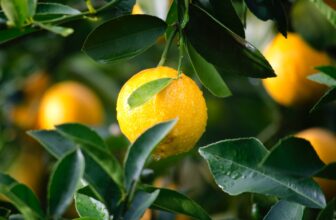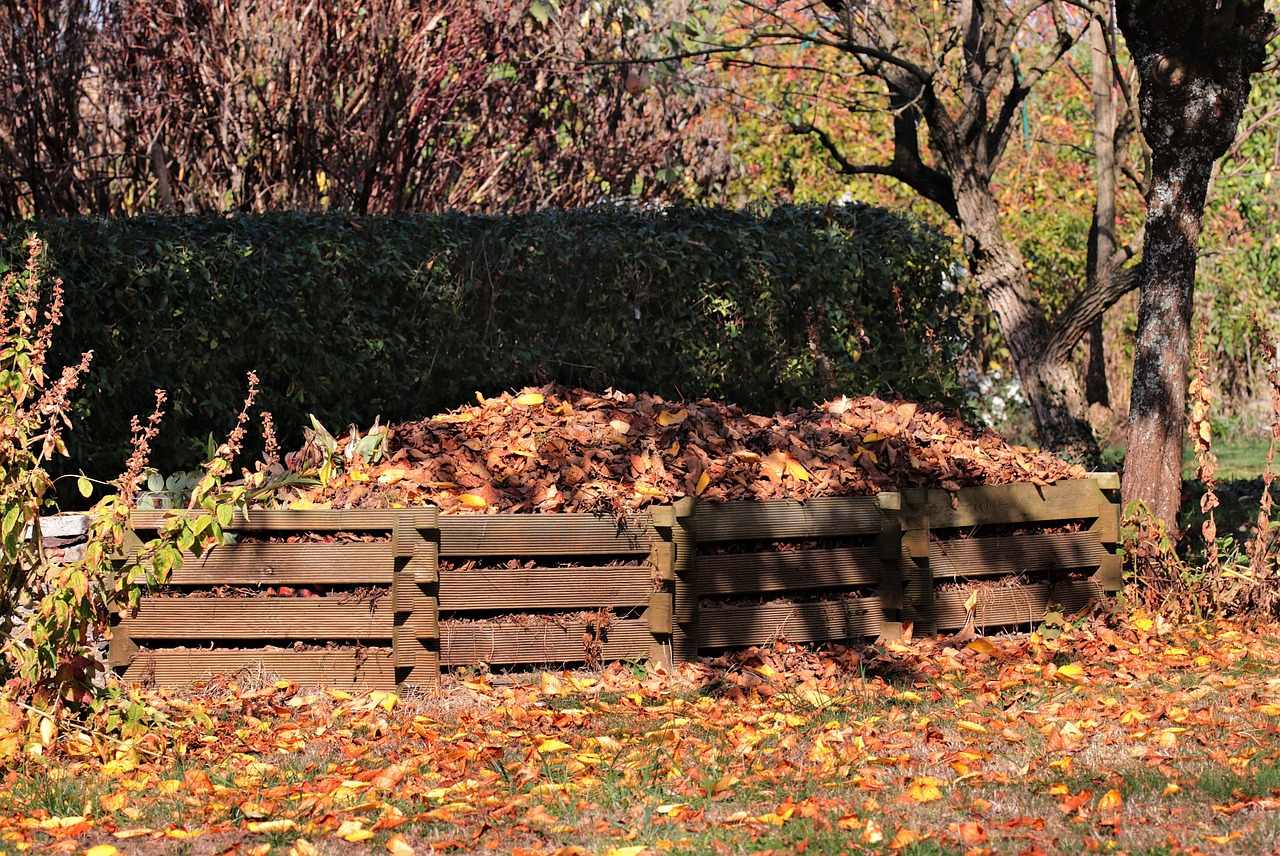
Table of Contents
Composting is a simple yet highly effective way of reducing waste and providing essential nutrients to the soil. Among the various types of composting, leaf composting is gaining popularity among gardeners, farmers, and environmental enthusiasts. As the name suggests, leaf composting involves using fallen leaves as the primary ingredient in the compost pile.
While many people view fallen leaves as a nuisance and spend countless hours raking and disposing of them, leaf composting transforms them into a valuable resource that can nourish your plants and enhance the health of your soil.
In this article, we’ll explore the benefits of leaf composting and why you should consider implementing it in your garden or farm.
What is Leaf Compost?
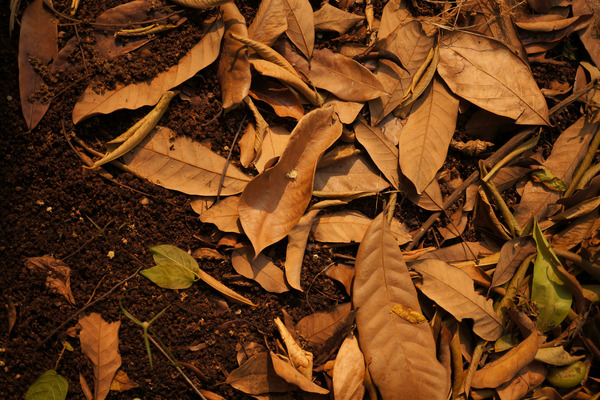
Leaf compost is a type of compost made primarily from fallen leaves. It is a rich, organic soil amendment that can improve the structure, fertility, and health of your soil. When leaves decompose, they release nutrients like nitrogen, phosphorus, and potassium, which are essential for plant growth. As they break down, they also improve soil texture and increase its ability to retain water.
Leaf compost can be used as a mulch, topdressing, or incorporated into the soil to enrich it with nutrients and beneficial microorganisms. Leaf composting is an eco-friendly way of managing yard waste, reducing landfill space, and promoting sustainable gardening practices. With a little bit of effort, you can turn your fall leaves into a valuable resource that can benefit your garden for years to come.
Is Leaf Compost Good for Your Garden?
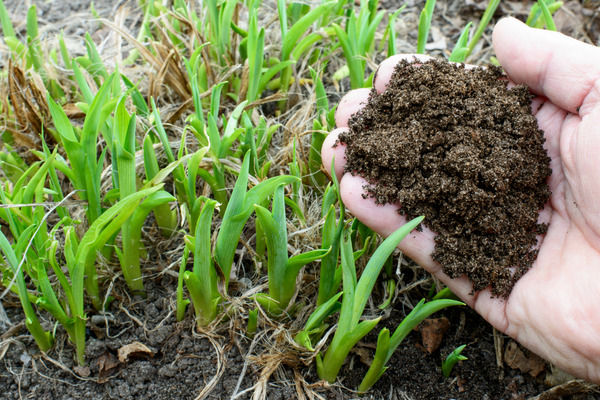
Leaf compost can be very beneficial for your garden. Let’s have a look:
1. Nutrients For the Soil at A Low Cost
Fallen leaves and other green and brown matter are almost free to use to add to your leaf compost. Nevertheless, they form nutrient-dense soil that you can use in your garden when the composting material decomposes and breaks down.
2. Better Use of Waste
If you don’t use the leaves and other materials to make compost, then they will go into landfill and other dumping sites, where they contribute to produce greenhouse gases while decomposing. You could prevent this by making compost for your garden to improve the soil quality.
3. Balance The Soil Ph
Having a balanced soil pH is essential for the proper growth of plants and trees. A well-decomposed compost, when added to the soil achieves this balance by lowering the soil pH with time.
4. Replaces Chemical Fertilizers and Pesticides
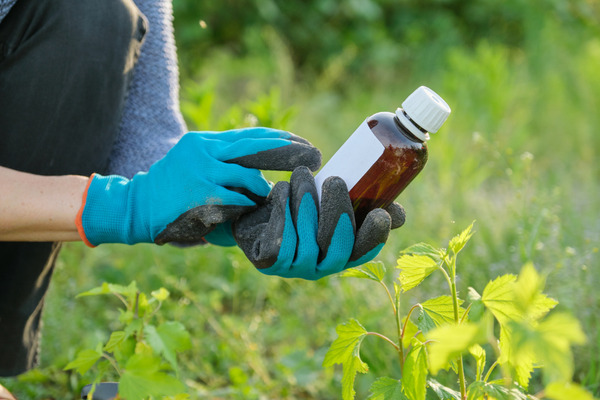
Leaf compost has the natural tendency to fight harmful bacteria and fungi, thus reducing plant diseases and the use of pests. You can save money on chemical fertilizers as leaf compost is rich in organic matter and nutrients for the soil.
5. Holds Water in The Soil
If you increase the presence of organic matter in the garden soil by just 5%, it can increase the water-holding capacity of the soil four times. This way, leaf compost increases the amount of water that the soil holds, and eventually, you need to water the garden less frequently.
6. Prevents Growth of Bacteria In Waterways
If you let the leaves go in drains uselessly, then they feed the blue-green algae, by containing high levels of phosphorus. But if you use leaves to make compost, then this prevents the growth of blue-green toxic algae in waterways and drains.
Compost is a nutrient-rich soil amendment that can improve soil structure, increase water retention, and promote healthy plant growth. Leaf compost specifically is made from decomposed leaves, which can provide a range of important nutrients and minerals to your soil.
One benefit of using leaf compost is that it can help to increase the organic matter content of your soil, which is important for overall soil health. Organic matter can help to improve soil structure, increase nutrient availability, and support beneficial microorganisms in the soil.
Leaf compost can also be a good source of specific nutrients that are important for plant growth, such as nitrogen, phosphorus, and potassium. These nutrients are often found in high concentrations in decomposed leaves, making leaf compost a valuable fertilizer for your garden.
Finally, using leaf compost can be a sustainable and eco-friendly way to dispose of leaves that might otherwise go to waste. By composting your leaves, you are creating a valuable resource that can benefit your garden and reduce the amount of organic waste going into landfills.
Key Points to Remember When Making Leaf Compost
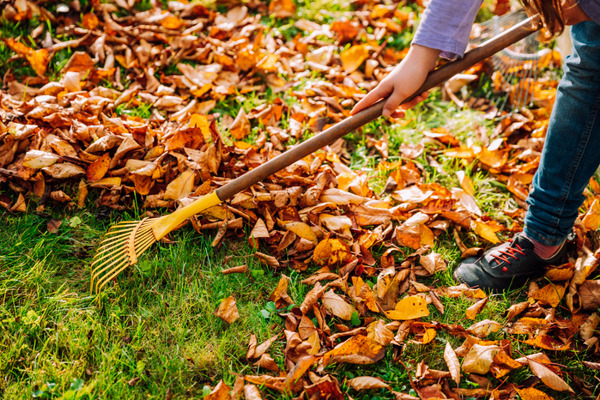
Leaf composting isn’t a complex process, however it is time-consuming, so a bit of patience will go a long way.
- You can make compost in a composting bin or in a container where you can dump the leaves. There should be enough room to turn over, mix and rotate the composting material, as it goes through the decomposition process. This ensures that there is proper air circulation and that you stir the moisture around.
- The composting leaves should be at a temperature of around 60F. During summer and hotter months, it may need to be kept in a shady area and during winter, in a warmer spot.
- The leaf compost or any other compost should never be too wet and soggy as excess moisture will slow down or stop the composting process.
- Use a mower to chop down the organic brown and green material that you will use to make compost. Smaller pieces decompose easier, and faster and are at a lesser risk of rotting or mold formation.
- Composting can be done in layers. For example, the bottom layer is 6-8 inches thick and contains the leaves and all other composting material. There is an inch-thick layer of soil. The topmost layer is an inch-thick layer of materials rich in nitrogen, such as lawn clippings, manure, etc.
- Always keep the pile moderately moist and stir or turn the contents one time every couple of weeks.
- For the process to go smoothly, it is important to balance carbon, nitrogen, and moisture content in the compost.
- If you don’t have a garden bin to make compost, then don’t worry, you can compost the leaves in garden soil, with the composting material forming the top dressing.
How Long Is the Composting Process?
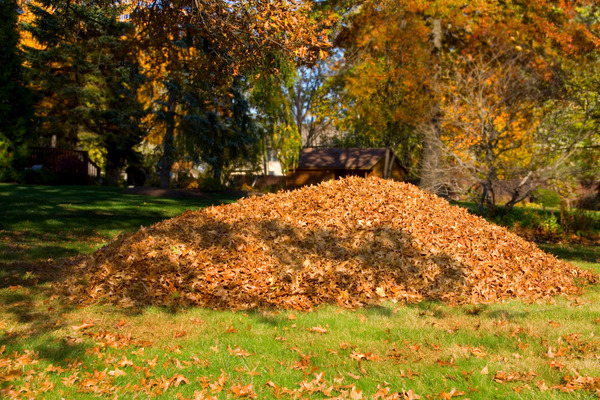
It depends on the types of leaves and other composting material you are using. It may take a couple of months or even a year to form the perfect compost. So, give it enough time and do not hurry. Chopping or shredding organic matter into smaller pieces can help to speed up the composting process by increasing the surface area available for decomposition and making it easier for microorganisms to break down the material.
When using a lawn mower for composting, it’s important to make sure that the material being chopped is not too wet or too dry. If the material is too wet, it can clog the mower or cause it to rust, while if the material is too dry, it may not chop evenly or may produce too much dust.
Some materials that can be effectively chopped using a lawn mower for composting include leaves, grass clippings, small twigs and branches, and other plant matter. However, it’s important to avoid using a lawn mower to chop materials that are too hard or dense, as this can damage the mower or cause it to become jammed.
Problems When Making Leaf Compost
Leaf composting isn’t an easy task since diseased leaves need a very high temperature to kill the pathogens. And if the pathogens are not killed, they will infect your compost and an infested compost will infect the plants in your garden.
To obtain the right compost, you must balance the brown matter with the green matter, if you are adding more brown leaves then you should add grass clippings and food scraps as well. To speed up the composting process, it is good to turn over and mix the pile from time to time. The leaves at the center heat up the most, so they must be mixed with the outer fresh organic matter to obtain a good compost.
Frequently Asked Questions on Leaf Composting
Leaf composting is the process of breaking down leaves and other plant matter into a nutrient-rich soil amendment that can be used to improve soil quality and promote healthy plant growth.
Start by collecting fallen leaves and shredding them into small pieces. Add other organic materials such as grass clippings, food scraps, and small branches to the pile, along with some water and a compost starter if desired. Over time, the pile will break down into a rich, crumbly compost that can be used to improve soil quality.
Leaf composting can help to improve soil structure, increase nutrient availability, and promote healthy plant growth. It can also be an eco-friendly way to dispose of fallen leaves and other organic materials, reducing the amount of waste that goes into landfills.
Most types of leaves can be used for composting, including oak, maple, birch, and others. It’s generally best to avoid using leaves from black walnut trees, as they can contain a toxic substance that can be harmful to plants.
The time it takes for leaf compost to be ready can vary depending on a number of factors, including the size of the pile, the types of materials being composted, and the environmental conditions. In general, it can take anywhere from several months to a year or more for leaf compost to be fully broken down.
To maintain a leaf compost pile, it’s important to keep the pile moist but not too wet, and to turn the pile periodically to promote even decomposition. You can also add other organic materials such as food scraps or grass clippings to the pile to help speed up the composting process.
In addition to leaves, other organic materials that can be added to a leaf compost pile include grass clippings, food scraps, coffee grounds, eggshells, and small branches or twigs.
Yes, food scraps can be added to a leaf compost pile to help speed up the decomposition process and provide additional nutrients to the compost. However, it’s important to avoid adding meat or dairy products, as these can attract pests and slow down the composting process.
Finished leaf compost can be used to improve soil quality in a variety of ways, such as as mulch around plants, as a soil amendment when planting new plants, or as a top dressing on existing lawns or garden beds.
Finished leaf compost should be dark, crumbly, and have a pleasant earthy smell. You should not be able to recognize any of the original materials that went into the pile. If the compost is still recognizable or has a strong odor, it may not be fully decomposed and may need more time to break down.
Wrapping Up
Leaf composting is a great way to use fallen leaves to benefit your garden. Although the process can have its problems, the benefits are immense if you can compost correctly. Now that you know how to make leaf compost and are aware of its various benefits, why not start composting leaves from your backyard to enrich the soil in your home gardens?






